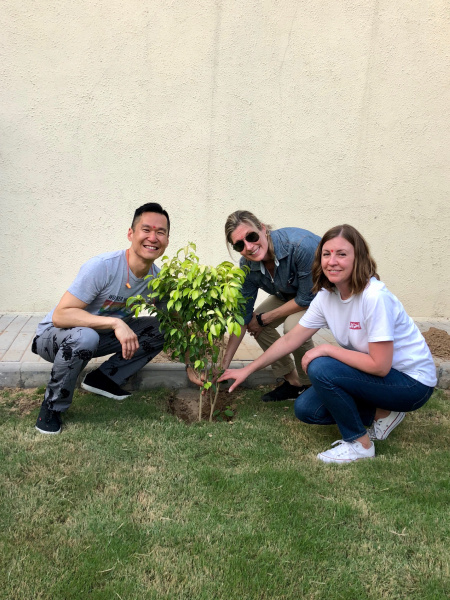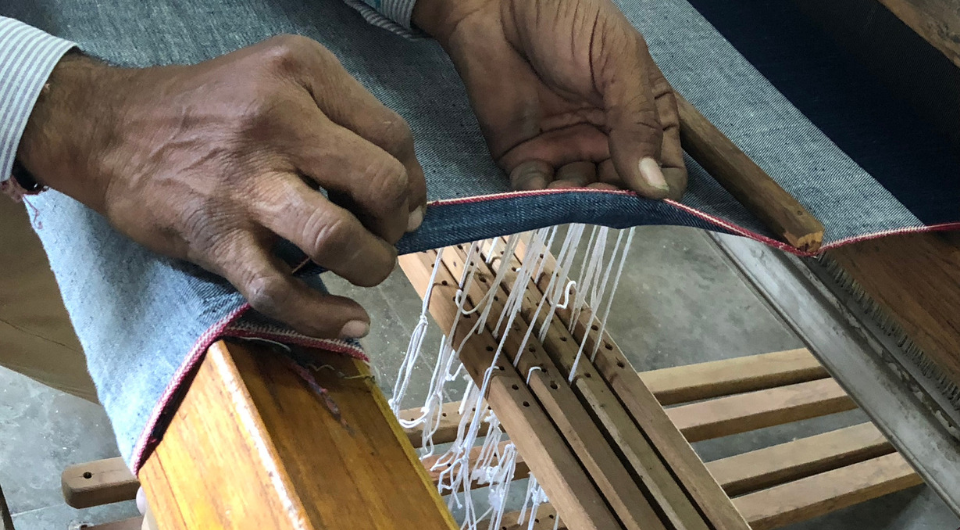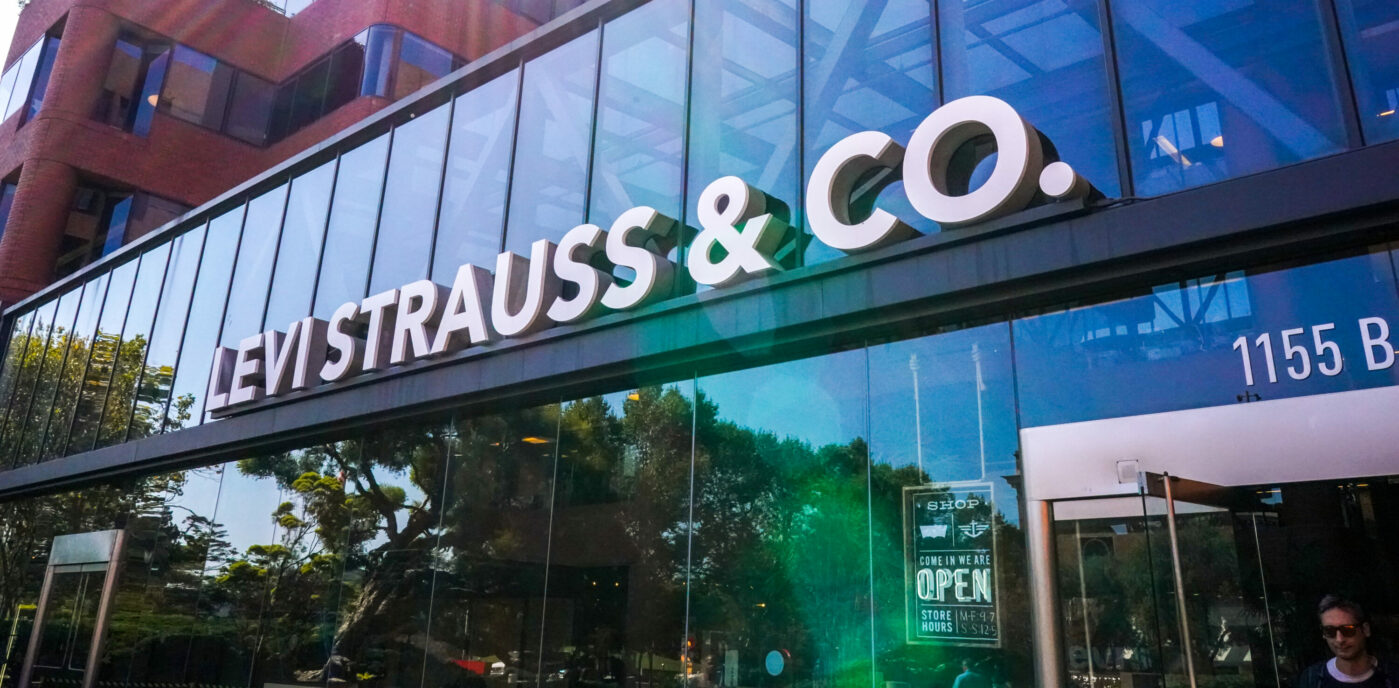Natalie Ridsdale, Sr. Mgr., Internal Communications, helped staff the recent Levi Strauss & Co. Service Corps trip to India. Here she shares her perspective on attending Service Corps for the first time.
I have to say I’ve been a Service Corps superfan since the beginning.
I was about a year or so into my job here when the first rumblings about the program began to emerge. It came out of a Levi Strauss Foundation board meeting in 2014 with an insight from Bob Haas, Chairman Emeritus: “We’re doing great things with our Worker Well-being program, but employees don’t feel it.”
In short order, it was determined that the answer was to show, not tell. We needed to take employees to see our Worker Well-being programs in action. And although I truly believe in the power of a good story, there’s no substitute for experiencing something firsthand.
So, I watched the program come to life over the years to take our most engaged employees to experience our Worker Well-being programs in action — first on a 2015 pilot trip to Haiti, and then twice a year ever since, visiting supply-chain communities in Sri Lanka, Cambodia and Mexico and bringing these programs to life for more than 50 people, who have touched scores more by sharing their experiences with others.
I followed along closely on everyone’s trip over the past three years. In some ways, I felt like I knew Service Corps inside out, but as Bob had recognized, seeing it is much different than reading it, and getting to experience Service Corps up close was more than I expected.
A Vibrant Backdrop
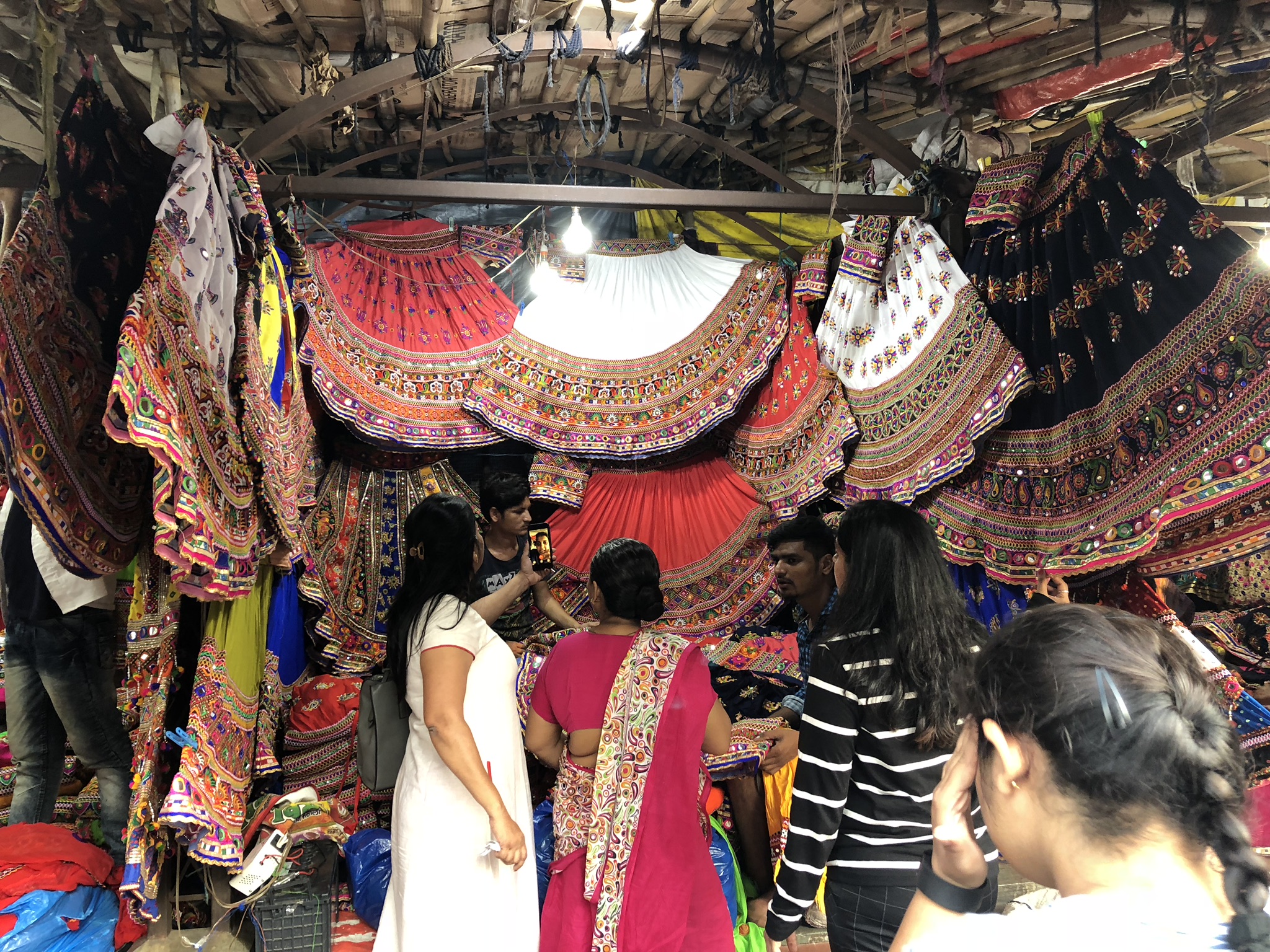
First off, India — just, wow. I can’t think of somewhere more different from home. San Francisco is temperate, gray, orderly. Arriving in Ahmedabad was like someone had turned the saturation up — way up. Chaotic traffic with cars, tuk-tuks and motorbikes (some with families of four crammed atop) weaving every which way, narrowly missing each other. Cows, goats and wild dogs roaming the streets. Horns blaring. Pungent smells and piquant flavors. A riot of colors. Intense heat. Levi Strauss Foundation Executive Director Daniel Lee, who accompanied us on the trip, described it beautifully: “India touches, titillates and assaults the senses. It’s not a country, it’s a civilization.”
This incredibly warm, vibrant land was a captivating setting in which to see our products and Worker Well-being programs come to life. At the office, we spend a lot of time surrounded by our finished product, so it was special to be able to go back to the beginning, both in terms of history and supply chain.
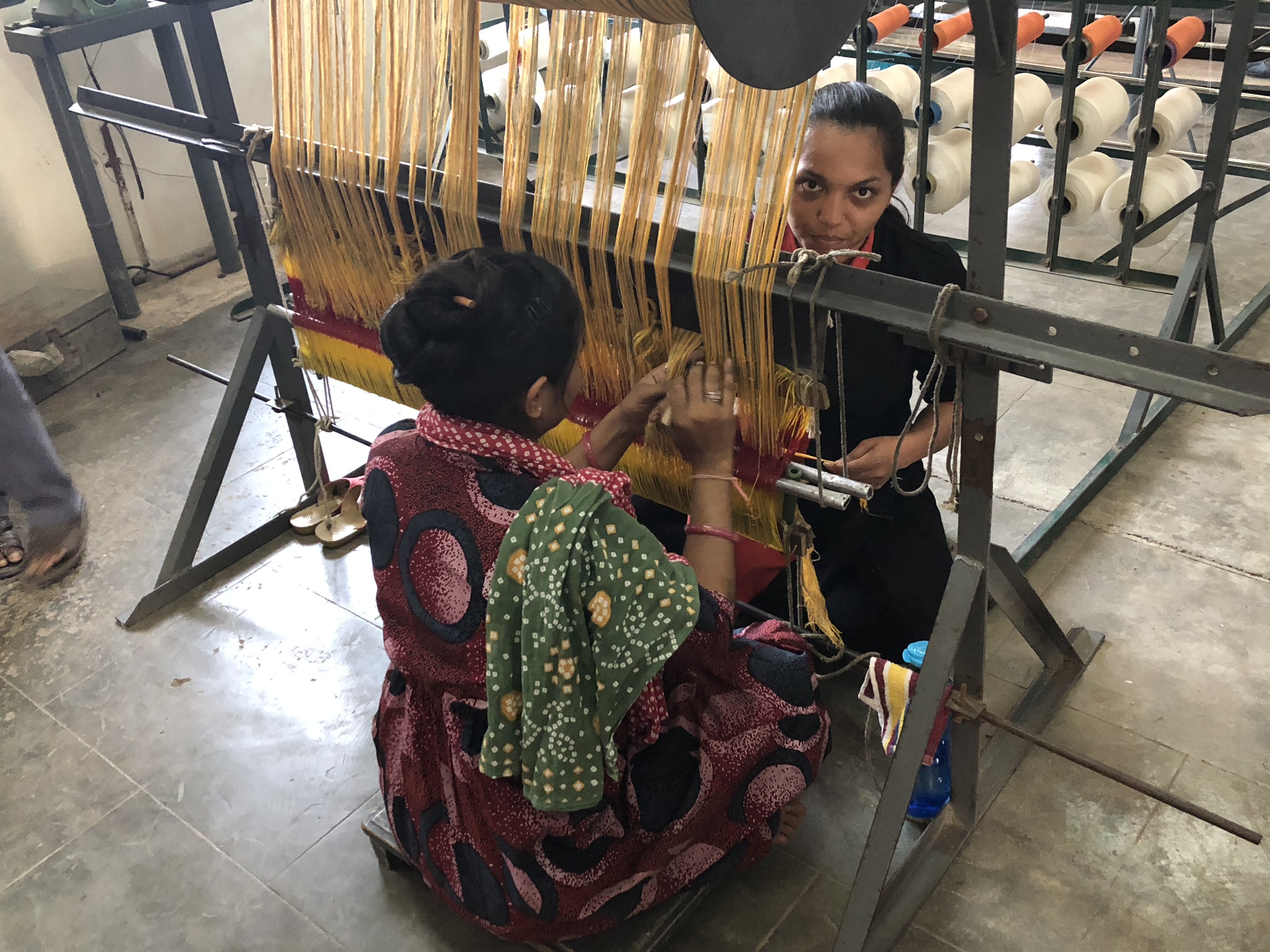
To ground us in the roots of Indian fabric, we visited a Khadi spinning and weaving community, which provides women with a flexible source of income. Khadi is a traditional Indian fabric that is woven and dyed by hand. The rudimentary machinery is operated with hand cranks and foot pedals, and the rhythmic whirring and clacking is like a chorus of cicadas. The end product is a beautifully imperfect fabric with a rich texture, made all the more special because it was woven by hand.
We also got to see cotton being grown. Rather than the sprawling farms I’m used to, these were compact fields picked by hand and managed by a single farmer as part of the Better Cotton Initiative (BCI) — a group that supports farmers with education on water use, pesticides and financial literacy to make their farms more sustainable in every sense of the word. To see that intimate connection to the land, and how much their livelihood depends on the vagaries of Mother Nature, was humbling.
Worker Well-being in Action
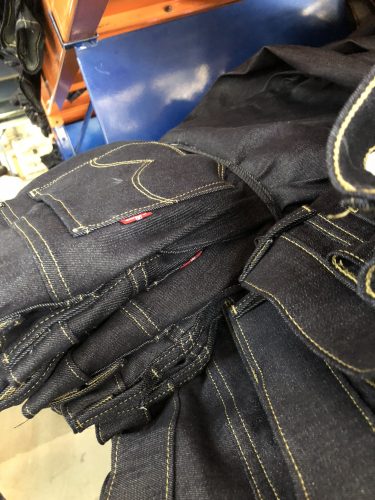 Beyond the cotton field, we were able to see the entire evolution of a pair of jeans: from fabric mill to cut-and-sew factory to finishing facility. It was fascinating to see the factories and their processes — watching an Arcuate being sewn onto a back pocket was about as iconic Levi’s® as you can get, and what they’re doing with lasers these days is pretty incredible — but of course it’s the people who make our product that made the most impact.
Beyond the cotton field, we were able to see the entire evolution of a pair of jeans: from fabric mill to cut-and-sew factory to finishing facility. It was fascinating to see the factories and their processes — watching an Arcuate being sewn onto a back pocket was about as iconic Levi’s® as you can get, and what they’re doing with lasers these days is pretty incredible — but of course it’s the people who make our product that made the most impact.
At the tops factory, we learned that 150 people touch a garment before it gets to the consumer. It gives you a new appreciation and respect for your clothing and every pair of hands that went into creating it. That’s why our Worker Well-being framework, which is about creating an ecosystem for workers to thrive, is so important.
A core tenet of WWB is that the programs must be based on what the workers actually need, so all these programs begin with a worker survey. As one of the ambassadors said at the end of the week, the reason WWB works is because it is just a skeleton that they can put the meat on locally.
Case in point: The majority of factory workers are women, and in India, 57 percent of women have anemia. By creating an education campaign within the factory that focused on this issue — offering a simple screening, supplements and diet education — a relatively small investment can go a long way.
It was an intense week. The days were long, and we were immersed in a foreign setting, trying to soak up every last experience, story and detail. I still haven’t really digested everything, but when I think back, what stands out are the connections — every once in a while, amid all the commotion, a brief instant of eye contact and a smile: with a factory worker, a schoolchild or a woman whizzing by on the back of a motorbike. And, of course, the bonds built with my colleagues across the globe who joined me on this journey. We may not have known each other before, but our different backgrounds made this experience all the richer, and I treasure getting to see India and Worker Well-being through their eyes.
